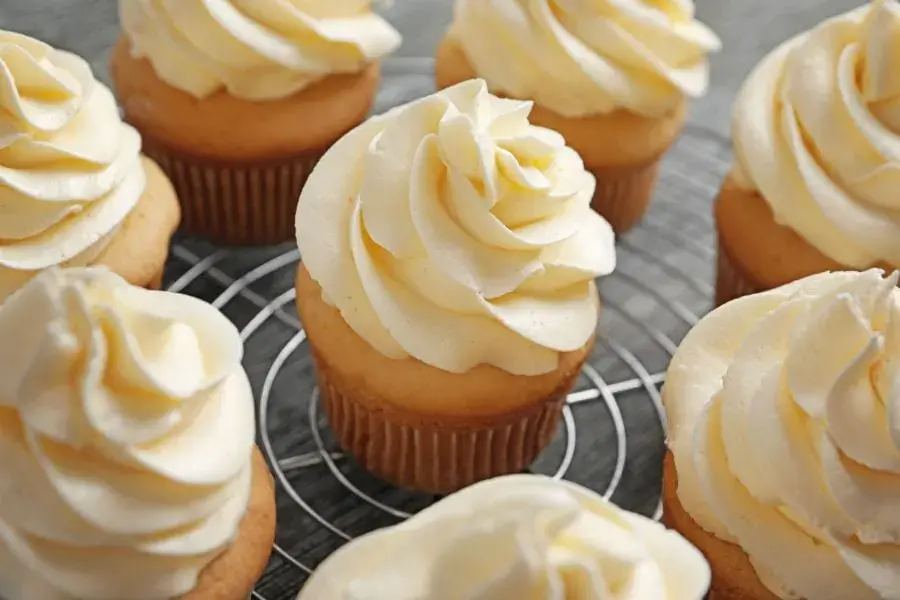The Mystery of Crystallized Frosting
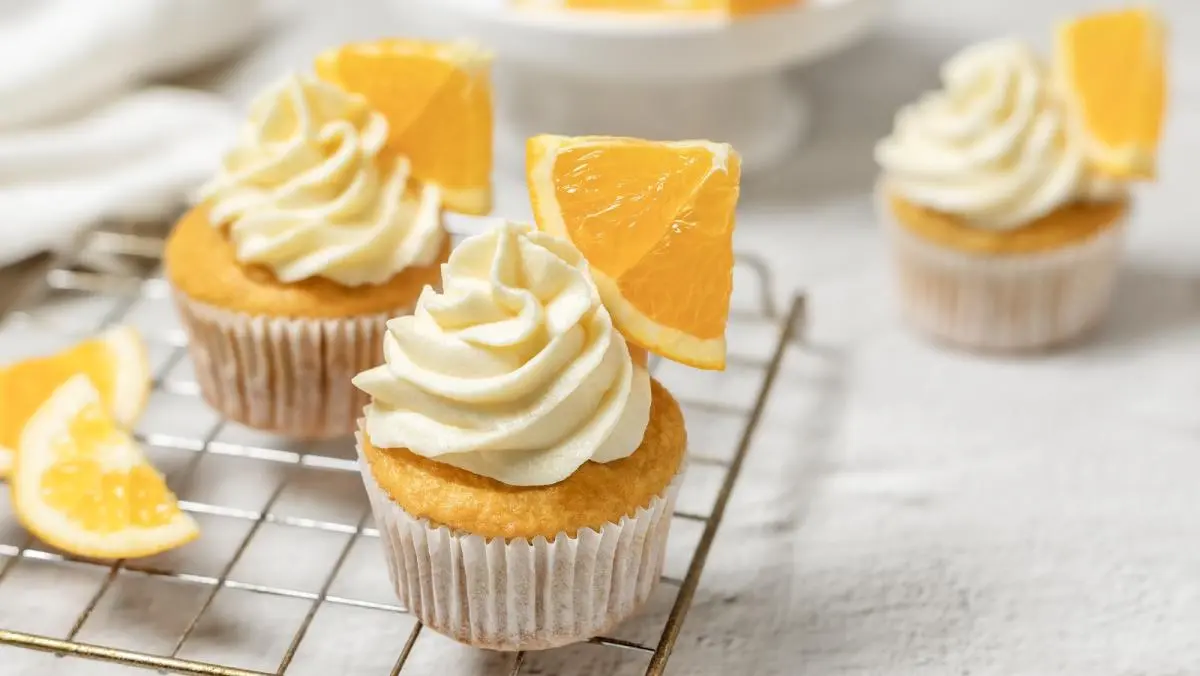
You’ve lovingly crafted a batch of frosting, dreaming of the smooth, glossy finish that will perfectly complement your cake or cupcakes. But then, disaster strikes – instead of silky perfection, you’re faced with a gritty, crystallized mess. It’s a common baking woe, and while you might instinctively blame refrigeration or leaving it out too long, the real culprit is often far less obvious and resides right in your ingredient list. This unexpected reason can be the difference between frosting success and sugary sadness.
The Unexpected Culprit: It's Not Always What You Think
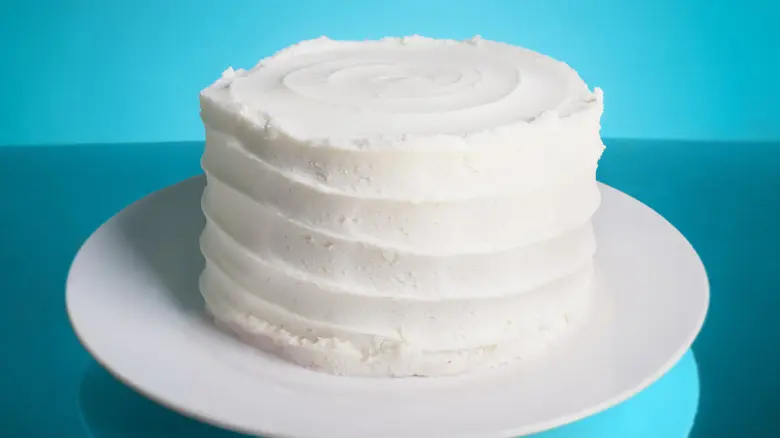
While temperature fluctuations and prolonged exposure can contribute to frosting issues, the most frequent, yet surprisingly overlooked, cause of crystallization is often simply an imbalance in your sugar ratio, particularly an excess of powdered sugar. Many recipes rely heavily on powdered sugar for structure and sweetness. However, powdered sugar, while essential, is also pure sucrose crystals, albeit finely ground and mixed with a small amount of cornstarch to prevent clumping in the package. When your frosting formula becomes overloaded with powdered sugar, it can lead to an unstable sugary environment.
Understanding Sugar Science: The Sweet Truth
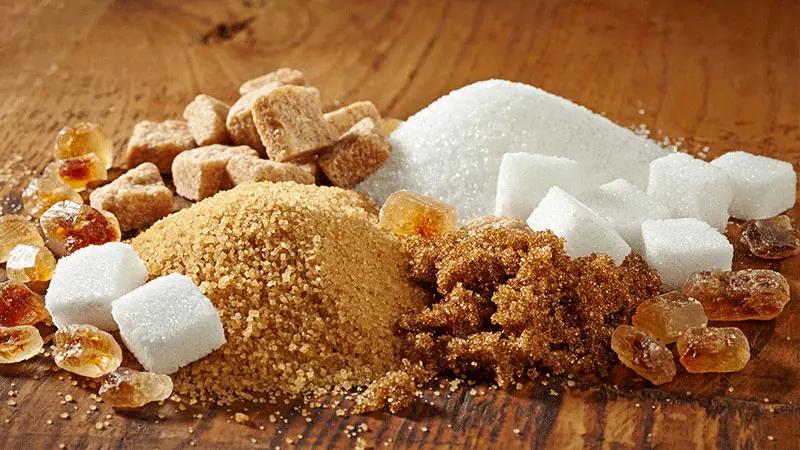
Think of it like this: sugar molecules are constantly seeking equilibrium in a solution. In frosting, sugar is dissolved in the liquid components like butter, milk, or flavorings. When there's too much powdered sugar in relation to the liquid and fat, the sugar becomes supersaturated. It can't all stay dissolved, and it starts to recrystallize, forming those gritty, crunchy grains you dread. This is why simply adding more powdered sugar to thicken frosting can sometimes backfire and lead to crystallization if the liquid and fat components aren't properly balanced to accommodate the extra sugar.
The Fix is In: Smooth Frosting Redemption
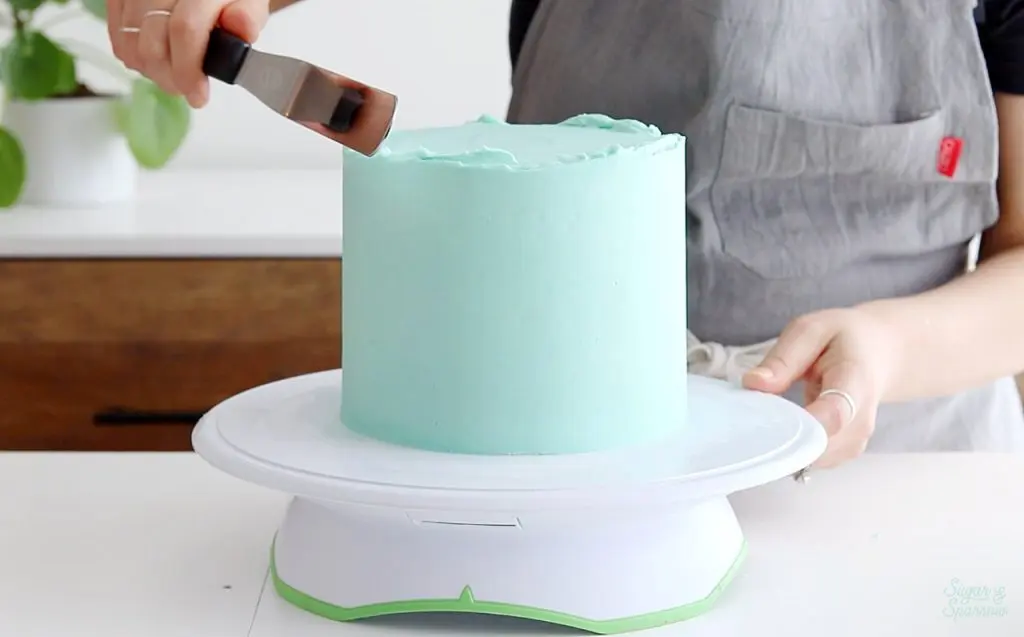
Thankfully, crystallized frosting isn't a lost cause. The key to rescuing it lies in re-establishing the balance. Gently reheat your frosting over a double boiler or in very short bursts in the microwave, stirring constantly. The gentle heat will help to redissolve the sugar crystals. To prevent crystallization from recurring, you may need to add a touch more liquid – a teaspoon of milk or cream at a time – while re-whipping the frosting until it regains its smooth consistency. For future batches, carefully measure your ingredients, and consider recipes that utilize a balanced ratio of fat, liquid, and sugar, perhaps incorporating melted butter or a cooked sugar syrup for a smoother, more stable frosting.
Recommended

What The Color Of Your Pho Broth Reveals About Its Flavor And Quality
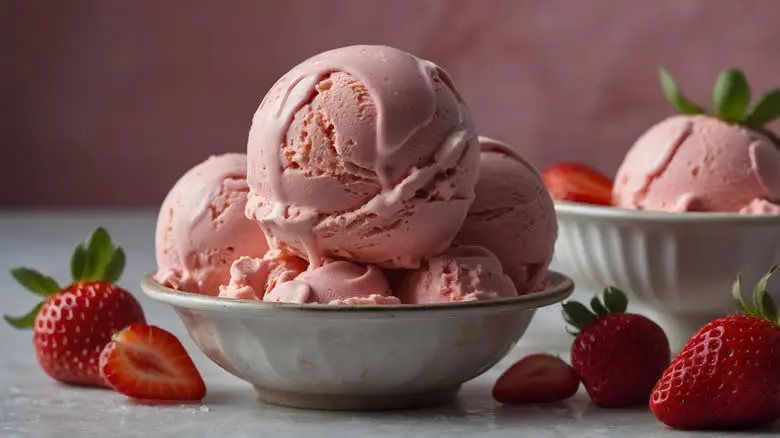
The Spicy Condiment That Works Surprisingly Well On Ice Cream

What Is Scrapple And What's The Best Way To Cook It?

The Trader Joe's Hack For The Ultimate Meatball Sub Sandwich
Next up

